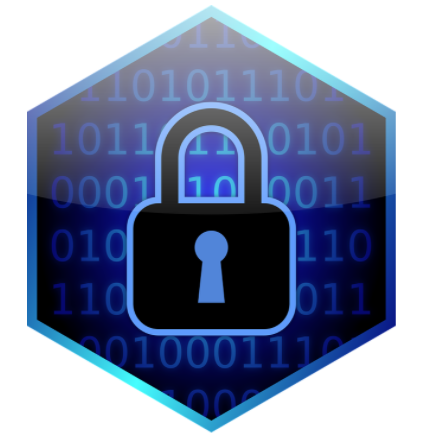
If you are working from home, you may be using some of your personal devices to take care of U-M business. Make sure they are appropriately secured to protect yourself and U-M.
If you access or maintain sensitive university data with your devices, you are responsible for securing them. See: Security of Personally Owned Devices That Access or Maintain Sensitive Institutional Data (SPG 601.33)
Start with the Basics
- Keep the operating system up to date.
- Keep your apps updated.
- Use anitvirus software on devices that can run it.
- Remove unused apps, especially from mobile devices.
See Secure Your Devices for links to info specific to different devices.
Turn on Encryption
Encryption protects against unauthorized access to data if your device is lost or stolen.
- iPhones and iPads have encryption turned on automatically if you require a passcode or biometric for access.
- Most Android phones have encryption turned on; you can check in Settings –> Security.
- Encrypt your personal Mac by turning on FileVault.
- Encrypt your personal Windows computer by turning on BitLocker.
Encryption is required for working with some data or systems at U-M. See details on Encrypt Your Data and Devices.
MiWorkspace laptops and Health Information Technology & Services (HITS) managed devices from Michigan Medicine are encrypted for you. If you have a university-managed device that is not encrypted, contact your IT support staff for help.
If you need to store data on a thumb drive, or other portable drive, you can purchase encrypted thumb drives from the U-M Computer Showcase and have them sent directly to you.
